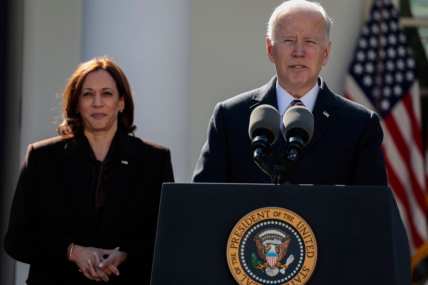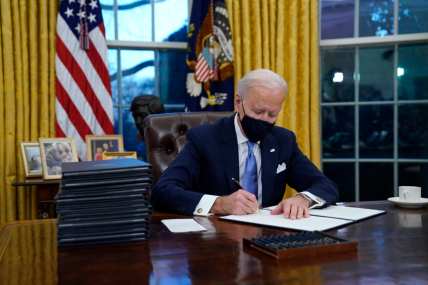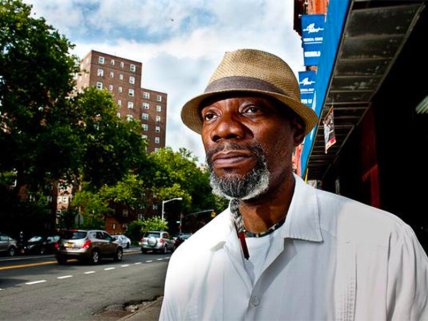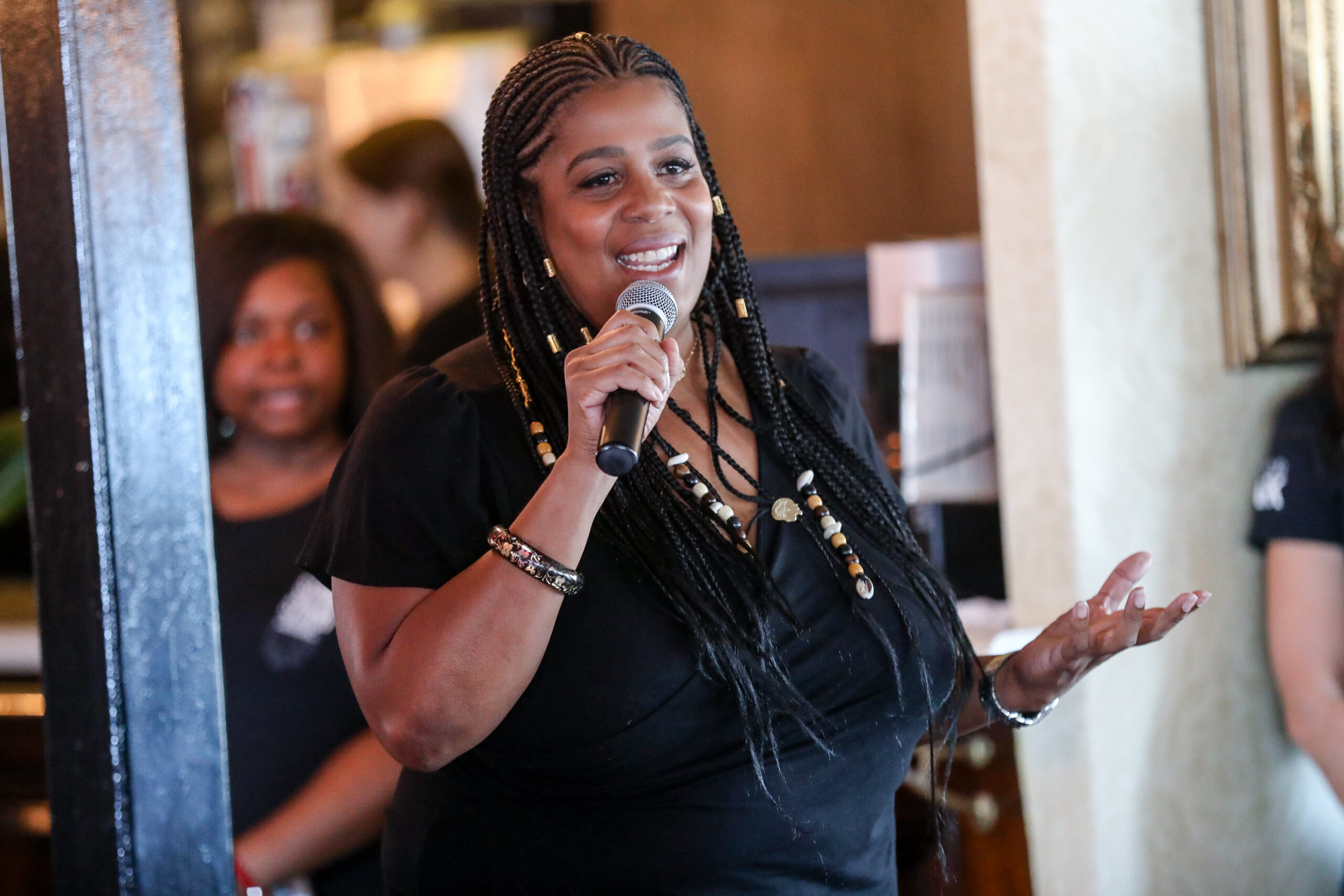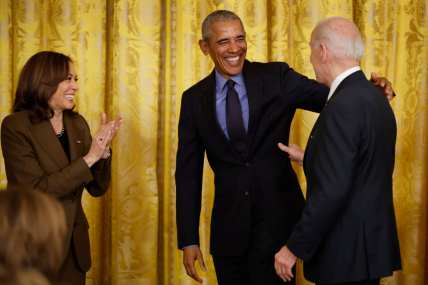Where do Black communities fit into President Biden’s climate and environmental agenda?
Black Americans suffer disproportionately from climate change. Administration officials tell theGrio the White House is working to address it.
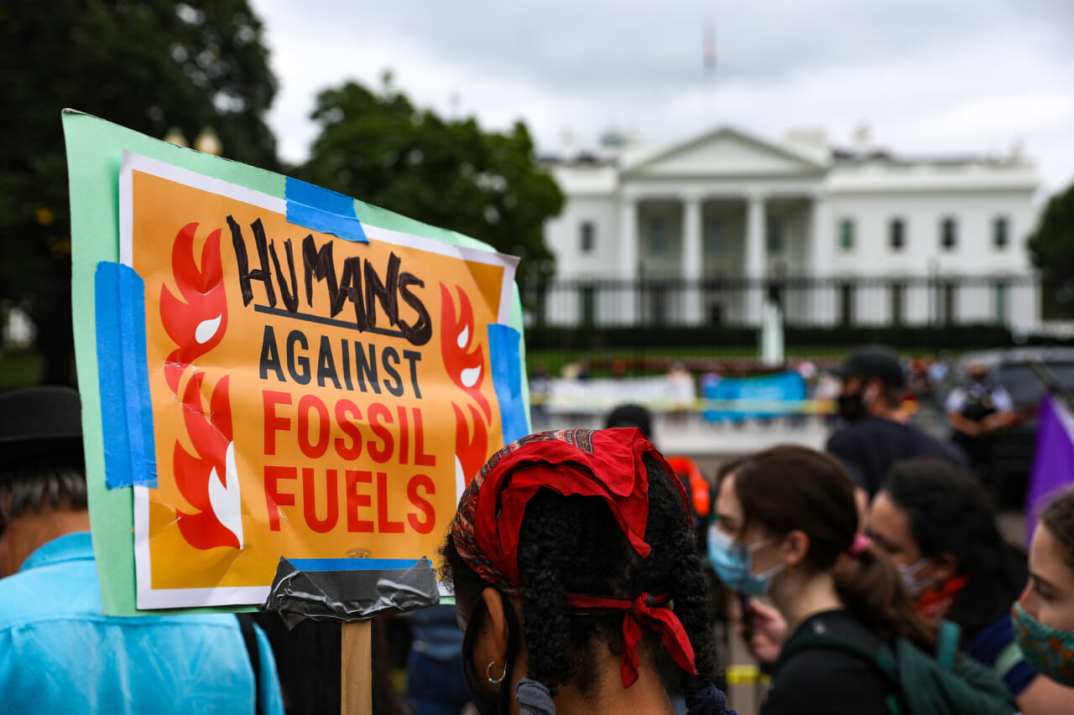
The United States has experienced a record number of natural disasters over the years due to climate change, and these disasters have cost billions of dollars and put the health and livelihoods of Americans at risk.
On his first day in office, President Joe Biden rejoined the Paris Agreement on Climate Change and signed executive orders aimed at tackling the world’s pressing climate and environmental issues, signaling an urgency for the United States to guard against the growing effects of climate change.
However, Black communities suffer disproportionately from climate change. According to a 2021 study released by the U.S. Environmental Protection Agency, Black Americans are 40% more likely to live in areas with “the highest projected increases in mortality rates due to climate-driven changes in extreme temperatures.”
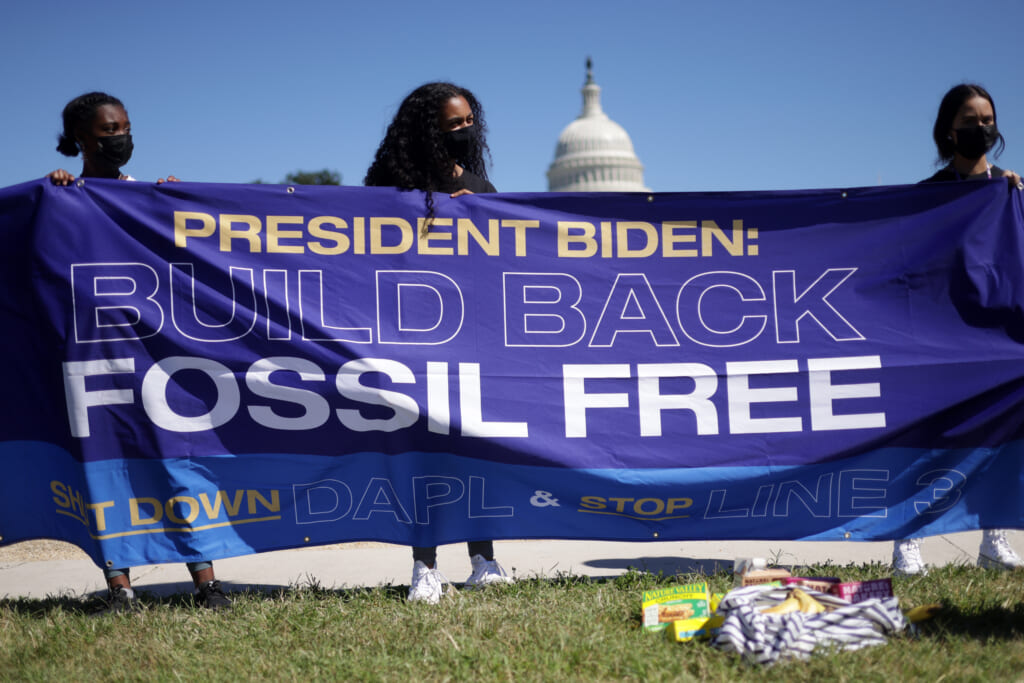
Proximity to greenhouse gases and rising temperatures present environmental danger to Black and Brown communities that have already been historically marginalized through racially segregated laws and practices. Through the Justice40 Initiative, the Biden-Harris administration has committed to racial equity as it tackles the nation’s climate and environmental issues through policy.
Brenda Mallory, chair of the White House Council on Environmental Quality (CEQ), told theGrio that Justice40 seeks to “make sure that 40% of the benefits from those programs actually reach communities [that] have historically been underinvested in.”
“We started out by using 21 specific programs in various agencies as our pilots so that we could learn from them and understand how we have to adjust the system in order to make that work.”
Mallory, who previously served as general counsel for the Environmental Quality Council under the Obama administration, said the Biden White House also established the Environmental Justice Advisory Council, which allows senior-level officials from across the government to meet regularly with experts and advocates from the environmental justice community.
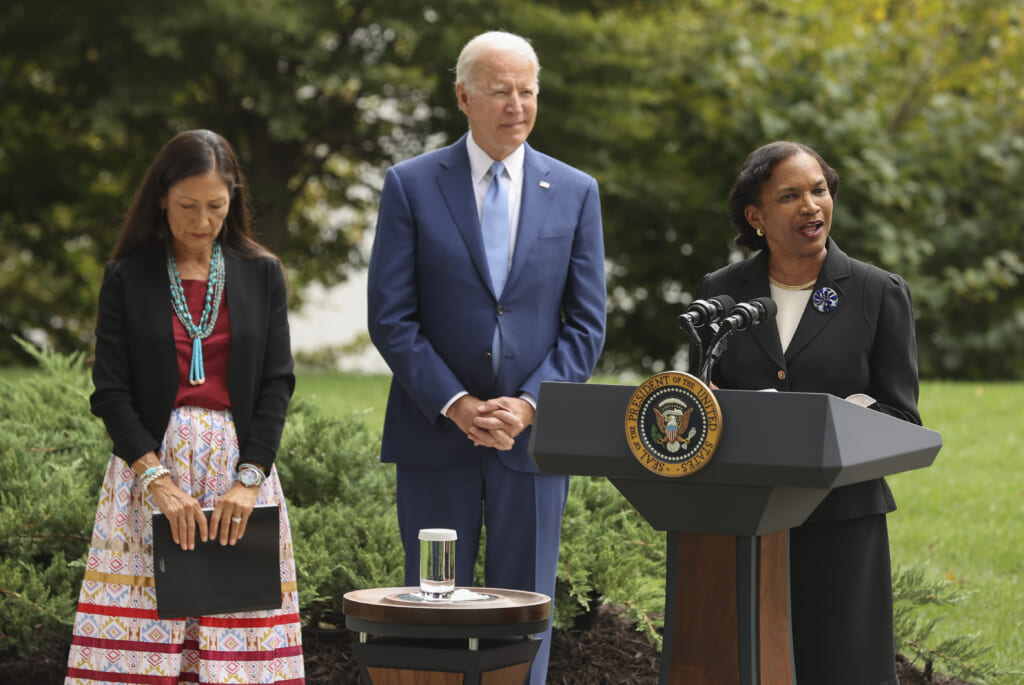
U.S. Secretary of Interior Deb Haaland said that she is centering communities that have been historically underserved or marginalized across her department.
“One of the things that I really am working hard to do in the Interior is to make sure that we highlight that history, that we bring the perspectives of those marginalized communities to the table so that we can tell their story as well because it’s important,” Secretary Haaland told theGrio.
“We are all stewards of our public lands here in this country. And we have a stake in making sure that all those lands essentially treat everyone equally. Environmental justice gives communities a foundation from which to thrive.”
She added, “Every single community that has suffered environmental injustice, they deserve to be made whole so that they can have that foundation as well.”
Haaland recalled visiting predominantly Black and Brown communities in Los Angeles where school children had “tissue stuck up their nose because of the nosebleeds they get because of the air pollution that they suffer from orphaned gas wells.”
The Infrastructure Investment and Jobs Act that President Biden signed into law last year, she noted, provides funding for her department to lead an initiative capping gas wells so as to reduce pollution “so that every child has an opportunity to learn.”
“I feel that it will make a tremendous difference in the lives of these communities,” she told theGrio.
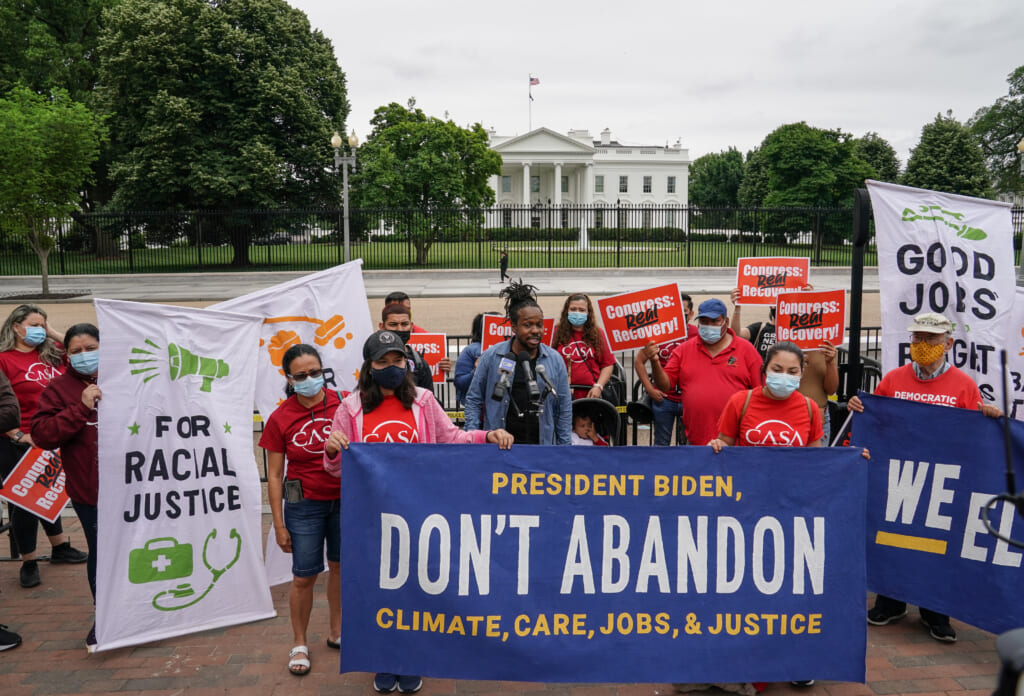
Chairwoman Mallory noted that the Biden-Harris administration has made other efforts to address today’s climate and environmental threats, including waning itself from the use of fossil fuels and “taking more advantage of renewable resources as quickly as we can.”
“From the very beginning, the President has identified climate as one of his top priorities, and he’s focused on reducing the emissions in the country by 50-52%, so that we can get to a place where we are starting to have something that looks better from a carbon perspective,” Mallory told theGrio.
“He’s identified focusing on building out electric vehicles as our source of vehicles because we know that that will also help reduce the emissions in the air…All of these together are kind of designed to bring us to a place where we decarbonize significantly so that we can meet the broad goals of the administration.”
While there have been some state and local efforts to bring more electric vehicle charging stations to Black and Latino neighborhoods, much is riding on the Biden administration’s anticipated investments from the infrastructure bill.
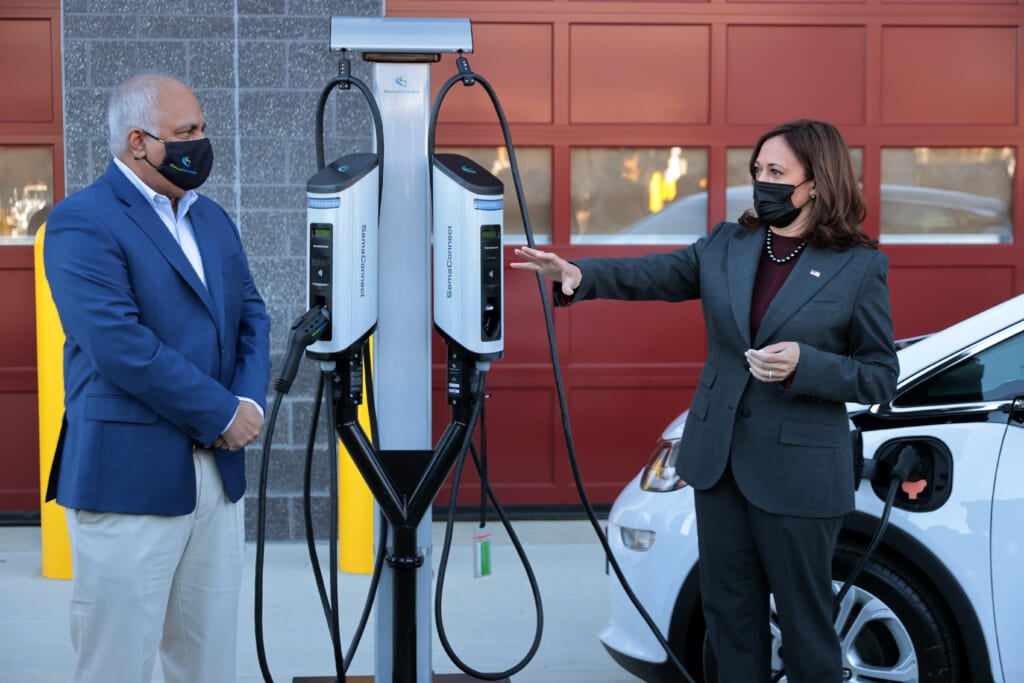
But a significant part of the president’s energy and environmental agenda has yet to be realized. Billions of dollars worth of investments were included in the Build Back Better Act, but the legislation failed to get enough support in the U.S. Senate.
The BBB bill would have invested more than $500 billion in climate initiatives, including more than $320 billion in tax credits for producers and buyers of wind, solar and nuclear power. The bill also contained $12,500 in tax credits for buyers of electric vehicles and would extend existing tax credits to lower the burden for homeowners who install solar panels, geothermal pumps and small wind turbines.
“The President set out in his agenda what he believed was important in order to meet all of his goals, and that was definitely within the goals. And so as time passes, and we’re continuing to think about, well, what’s the new strategy?” said Mallory.
“We haven’t given up on any of the goals. It’s just dealing with the reality of the Congress that we have. We have to have a plan B for things that don’t get accepted in the way that we had hoped. I think that all of the things that the President identified are still priorities.”
On Friday, which was Earth Day, President Biden signed another executive order addressing climate change and the environment by ordering federal action to conserve the nation’s forests, reduce wildfires and more.
During a recent interview with Al Roker on the TODAY show, former President Barack Obama expressed the urgency for the United States and the entire globe to move on addressing climate change.
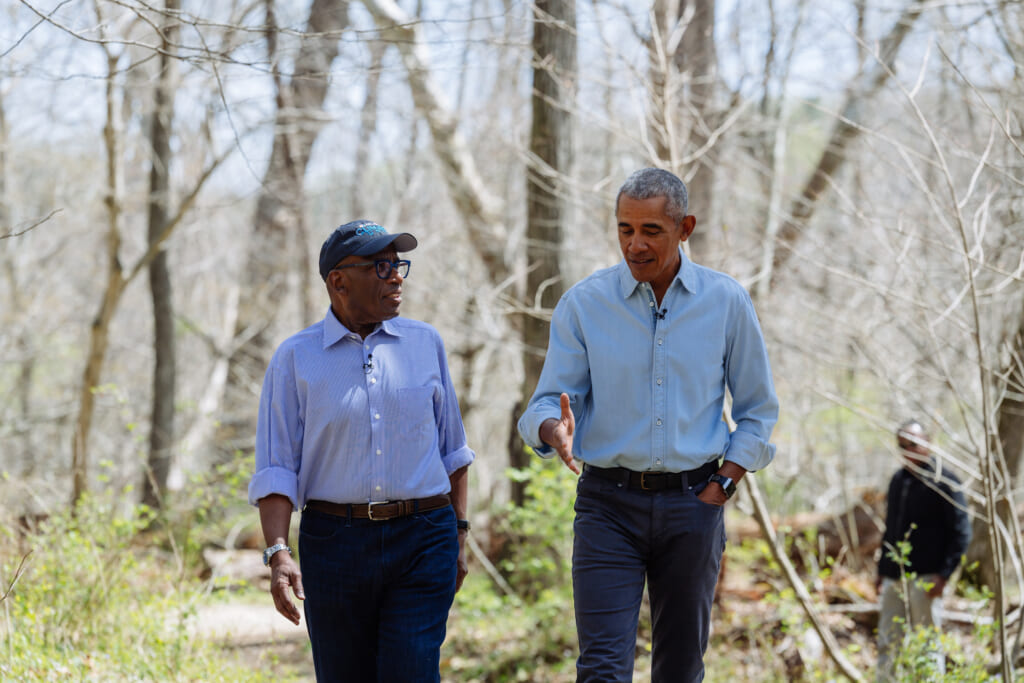
“When you look at the recent reports, for example, from the International Panel on Climate Change, the window for us to act to ensure that we don’t have cataclysmic climate change…is closing and we’re gonna have to seize them,” said President Obama.
“The consequences for all of us — farmers, people who live on coastlines — the consequences for public health, insect-borne diseases, mass migration, conflict. Those things aren’t going to accelerate. I don’t want to leave that kind of legacy for my kids and my grandkids and I don’t think any of us do.”
Obama said it’s important for all Americans to “get to work.”
“The good news is that we have on the shelves right now technologies that if we deploy them, wouldn’t completely eliminate the greenhouse gases that are causing climate change, but would tamp them down and give us more time to create new energy sources,” he noted.
“Here in the United States, as a major contributor to these greenhouse gases, we got to set a good example, and then we’re gonna have to help mobilize the world. And that’s not easy to do, but we’ve done hard things before.”
But while the federal government’s work is critical to averting environmental catastrophe, so is the work of the public. Educating the public about the climate and public health dangers – as well as how they can do their part to create change – is something Chairwoman Mallory said is a priority for the Biden-Harris White House.

The administration has built a network of environmental justice advocacy organizations that will develop strategies to inform the public.
“How do we make sure that we’re getting that kind of basic information the mom at the kitchen table who’s just trying to figure out how she’s going to get her kids to school? And how to do that in a way that’s effective,” said Mallory.
Chairwoman Mallory said the Department of Education is also doing its part by integrating information into “its programming and its curriculum…to help the citizen understand some of these challenging issues in a better way.”
The objective, she said, is for the federal government to “make sure that we are talking to the audience that we’re trying to talk to and not kind of missing an opportunity because of just the disconnect in the technical language?”
“So those are a couple of things that we’re doing, but I would say that that’s a place where more work is needed.”
TheGrio is now on your TV via Apple TV, Amazon Fire, Roku, and Android TV. Also, please download theGrio mobile apps today!
